Best Haydn Works: 10 Essential Pieces By The Great Composer
Joseph Haydn was one of the greatest composers of the classical period – explore the best Haydn works featuring 10 masterpieces.
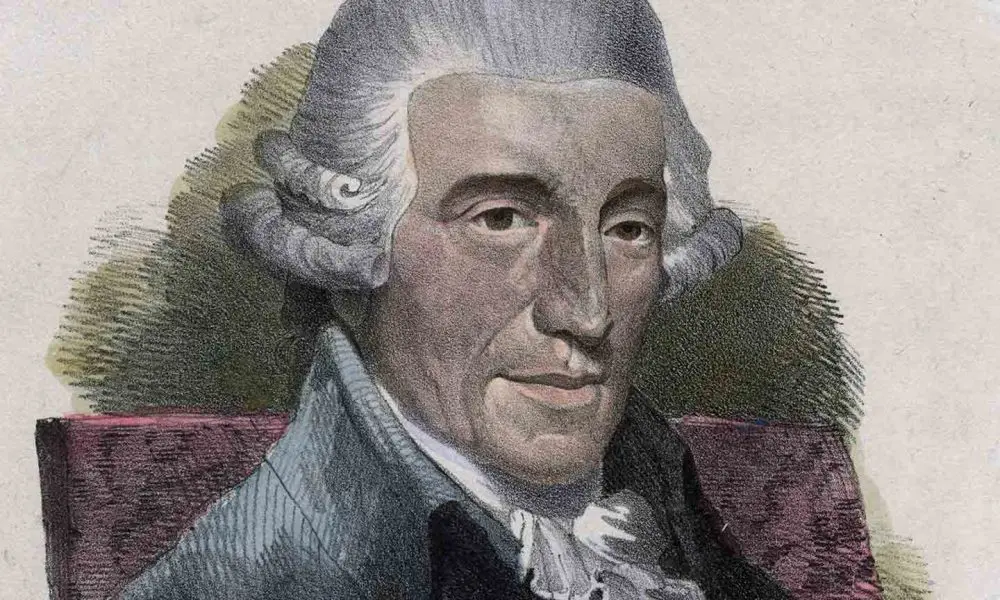
Franz Joseph Haydn was one of the greatest composers of the classical period. Almost single-handedly Haydn established the formats on which classical music would be based for more than a century. Two titles are regularly bestowed upon him: “Father of the Symphony” and “Father of the String Quartet.” But his influence was equally important on the concerto, the piano sonata and the piano trio. He was a prolific composer – his works include 104 symphonies, over 20 concertos, 60 piano sonatas, and 83 string quartets. Haydn spent much of his career as a court musician for the wealthy Esterházy family at their remote estate. Yet his music circulated widely, and for much of his career, he was the most celebrated composer in Europe.
Listen to the best of Haydn on Apple Music and Spotify and scroll down to read our selection of the best Haydn works.
String Quartets, Op.64 Nos 1 – 6
Haydn’s six String Quartets Op.64 (1790) include the popular Lark, with its enchanting suggestion of birdcalls, and anticipate the glories of The London Symphonies the following year. These String Quartets are known as the “Tost” quartets because of their dedication to Johann Tost, a former violinist of the Esterházy orchestra.
String Quartets, Op.76 Nos 1 – 6
The finest of all Haydn’s sets of string quartets, featuring one gloriously inspired movement after another, achieved with a breathtaking sleight-of-hand and awesome emotional range. The respected author and music historian Charles Burney described the Op 76 String Quartets as “full of invention, fire, good taste, and new effects” and proclaimed that he “had never received more pleasure from instrumental music.” Each of the six quartets displays a fine balance between the consolidation of the tradition Haydn had created and his drive toward yet further innovation.
The Seven Last Words Of Christ On The Cross
The Seven Last Words of Christ On The Cross contributed significantly to Haydn’s international reputation and he considered it to be one of his finest works. This magisterial sequence of seven slow movements were composed specifically for the Canon of Cadiz who had asked Haydn to compose instrumental music to be performed between meditations on Christ’s last seven words – the declamatory statements addressed to his father in heaven as he was dying – during a special Good Friday ceremony. The work exists in several versions: for orchestra, for orchestra and chorus, and for string quartet by Haydn, as well as a reduction for piano which was approved by the composer.
Missa In Angustiis (Nelson Mass)
In his last six Mass settings, composed between 1796 and 1802, Haydn elevated the genre to the symphonic as in the Nelson Mass, a scorching vision of unbridled intensity and passion. The Nelson Mass, according to Haydn’s biographer and American musicologist H. C. Robbins Landon, is arguably the composer’s “greatest single composition”.
The Creation
The Creation was inspired by Handel‘s Messiah and Israel in Egypt which Haydn had heard while visiting England. This oratorio describes the creation of the world from a formless void to an enchanted garden, with vivid depictions of sea, sun, birds, and flowers, and is one of Haydn’s best works.
The Seasons
The Seasons, a secular oratorio, is a rustic celebration of the four seasons of the year with peasant dances and animated musical portraits of the changing weather. With its winter storms and whistling ploughmen, hymns of praise, and booze-fuelled revels, this sequel to The Creation was inspired by Haydn’s time in London, and written specially to appeal to British audiences.
Cello Concerto No 1
Haydn’s long-neglected cello concertos have become central to the concert repertoire whether played on period or modern instruments. Cello Concerto No 1 was discovered in Prague in 1961 and was quickly established as one of the composer’s most popular orchestral works. Haydn redefined orchestral playing with this concerto which is a perfect vehicle for a player’s technique with fast runs and meaty chords proving the cello is much more than just a bass line instrument.
The London Symphonies, Vol 1 (Nos 95, 96, 98, 102, 103, 104)
Haydn composed twelve London Symphonies and several of them are among his best works. All of these have become collectively known as The London Symphonies, but it is the last of them – No. 104 in D major, composed during his second visit in 1794-95 – which has become known as The London Symphony. This first compilation of Haydn’s twelve London Symphonies includes such perennial favorites as the erroneously titled Miracle (No.96), the Drumroll (No.103) and the London (No.104).
The Paris Symphonies, Nos 82-87
This set of six endlessly inventive exuberant symphonies were variously premiered in the French capital during 1787 in the presence of Queen Marie Antoinette. The works were very popular with the public and press and modern critics also appreciate the works – Haydn’s biographer and American musicologist H. C. Robbins Landon calls them “a remarkable fusion of brilliance, elegance, and warmth.”
Trumpet Concerto
Haydn’s greatest concerto is notable both for its radiantly lyrical slow movement, and an indelible finale, which somehow manages to transform the trumpet’s military tendency into musical bliss. Haydn wrote the Trumpet Concerto for his friend Anton Weidinger who had developed a keyed trumpet which could play chromatically throughout its entire range – before this the trumpet was valveless and could only play a limited range of harmonic notes. Haydn’s concerto exploited the capabilities of the new instrument.
Discover more of our articles collecting the best works of composers through the ages.

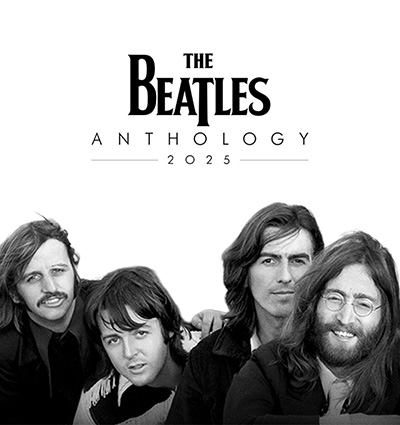





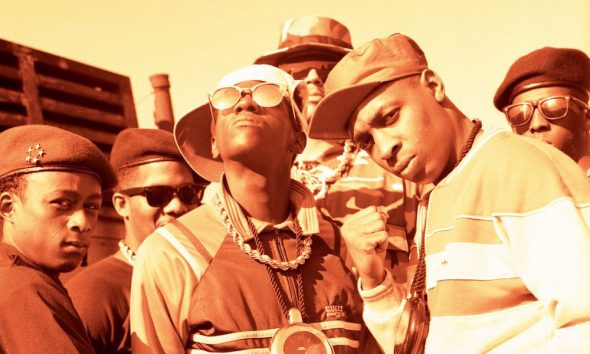
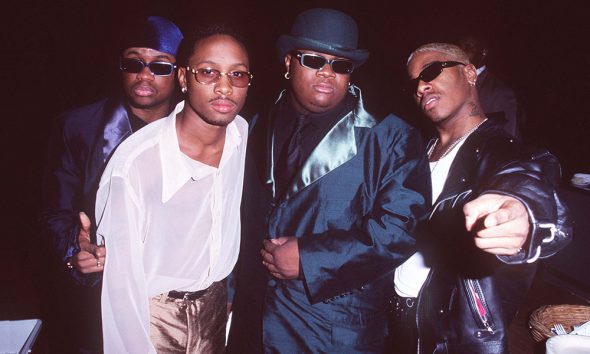
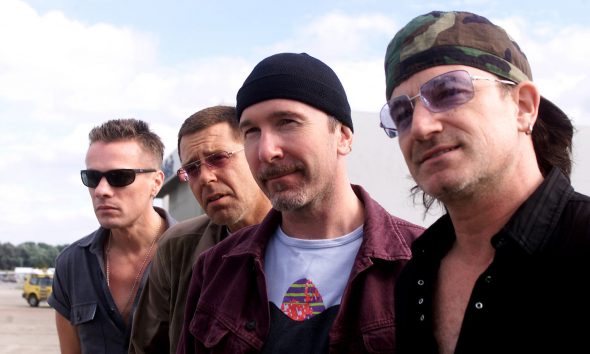
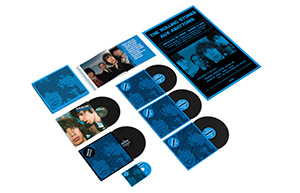
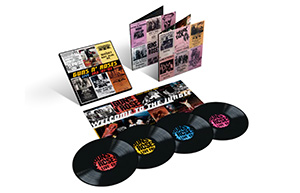
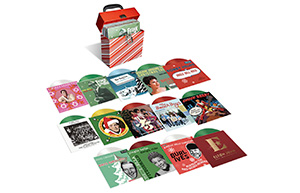
Rina Arbel
June 11, 2023 at 7:33 pm
Luuuv your collection
looking for Stabat Matter will wait….. Thank you
José Luis Muniáin Ezcurra
October 20, 2023 at 5:02 am
Les descubro hoy.Bascaba información sobre HAYDN. A SIDO EXCELENTE. ¡¡¡GRACIAS!!!
sss
October 27, 2023 at 10:20 pm
Dosadno, nisi dotako delima ni blizu genija koji se tek dize, blizu ste godinama.. ali ipak daleko ste kao nebo i zemlja. Jedan je Mozart!